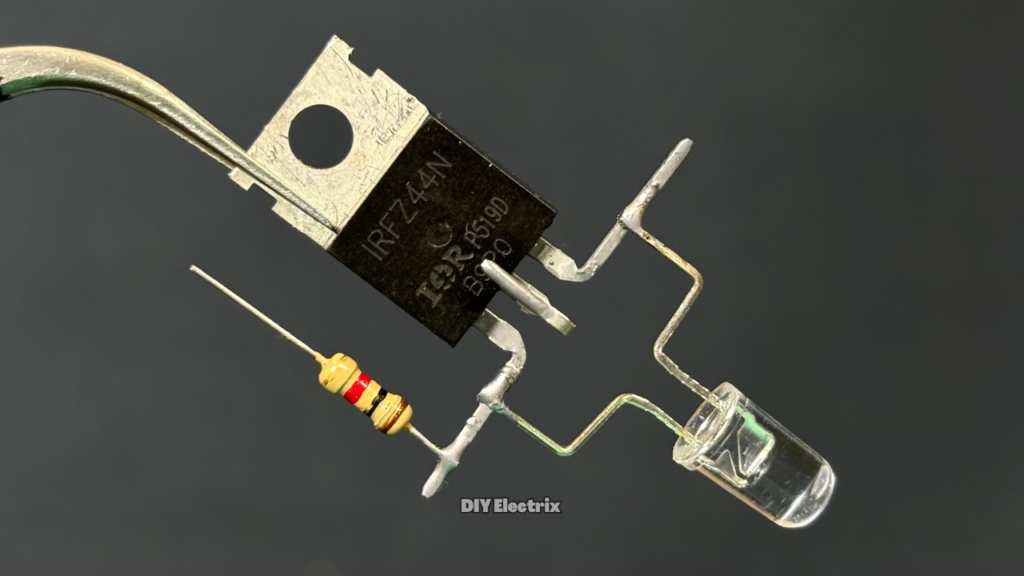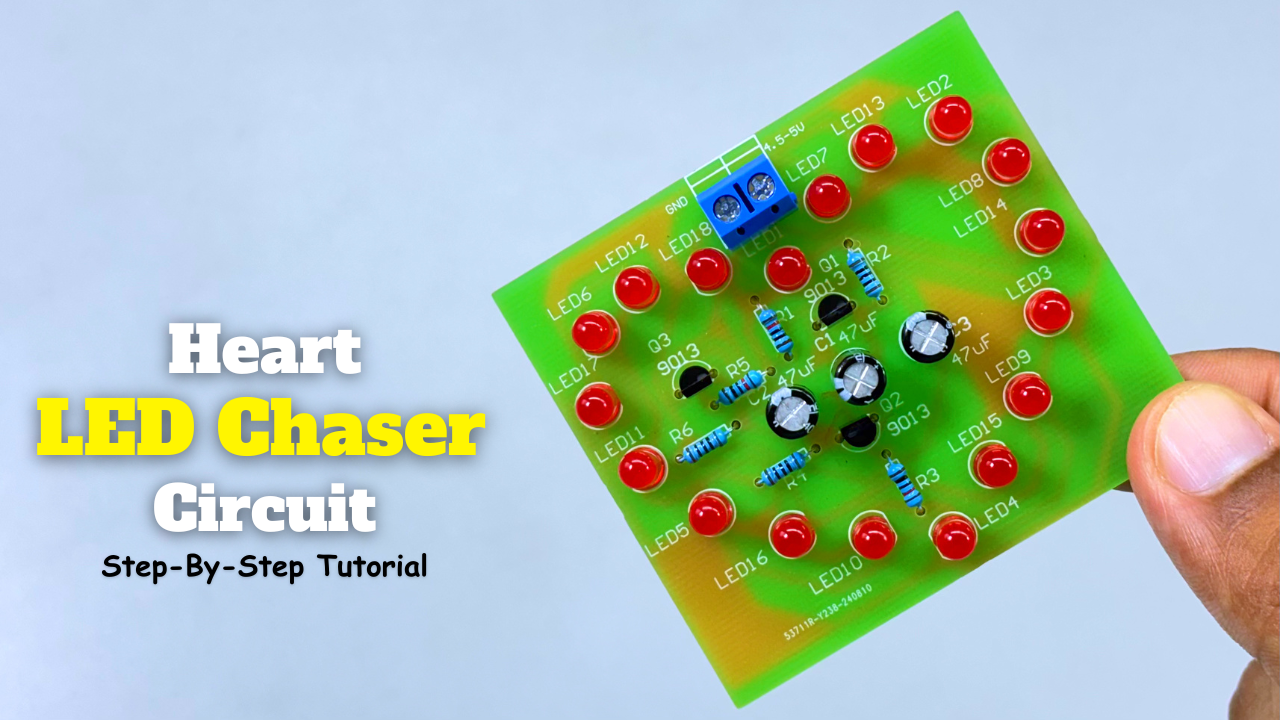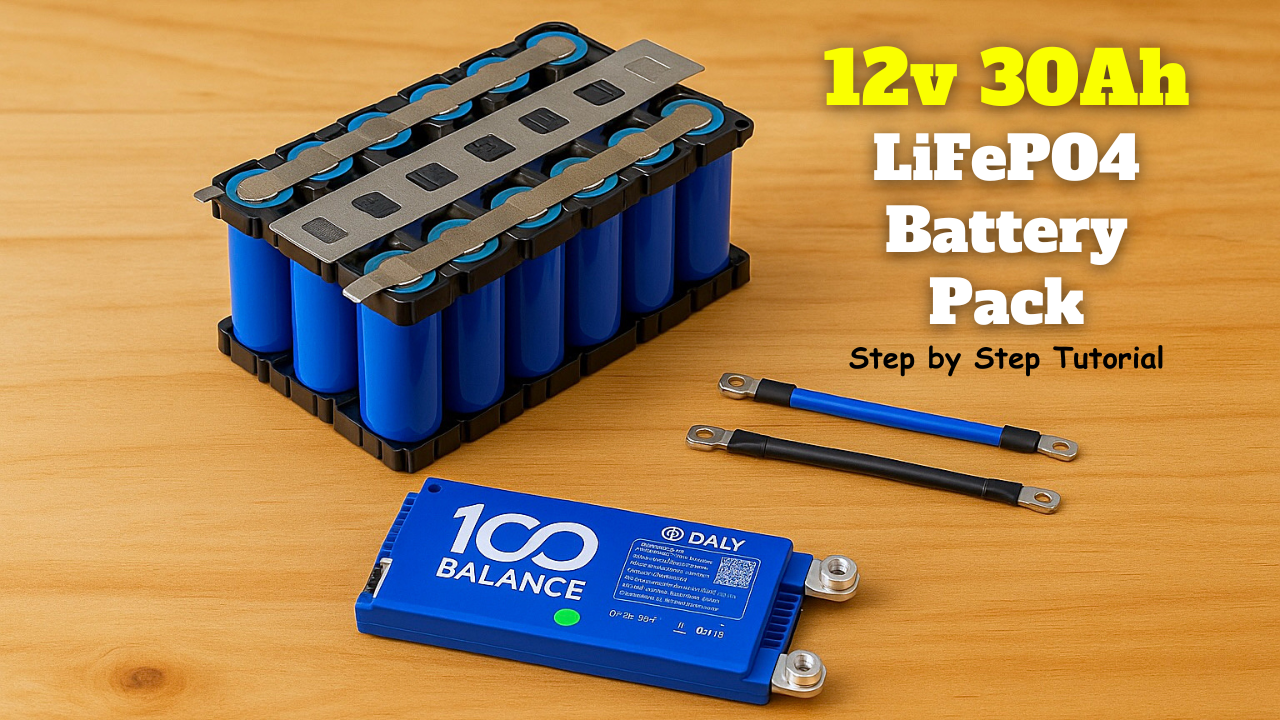Short circuit protection is a safety feature that shields electrical circuits and devices from harm caused by short circuits. A short circuit happens when there’s a direct path with low resistance between two points in the circuit. This abrupt surge in current can cause excessive heat, damaging components and creating fire risks or electric shocks.


Component Required:
- SPDT Relay 12v
- Red led
- Blue led
- 470 ohm Resistor
- Push Button
- 12v DC power supply
Circuit Diagram:

SPDT Relay:
Essentially, a relay is an electrical switch operated by an electrical signal. The single-pole, double-throw (SPDT) relay has a basic design with one input (control), one common connection, and two output connections. When the control signal activates, the relay shifts the common connection from one output terminal to the other.
How Does it Work?
An SPDT (Single Pole Double Throw) relay works like this: When you turn on the control signal, it creates a magnetic force that moves an armature. This armature changes the position of the contacts inside the relay. In an SPDT relay, this changes which output terminal is connected to the common terminal. When you turn off the control signal, the contacts go back to their original position because of a spring.
Applications of SPDT Relays:
- Automotive Electronics: SPDT relays are widely used in cars to control functions like headlights, fuel supply, cooling fans, and windows. They can handle high electrical power safely and reliably, ensuring smooth and secure operation of vehicle systems.
- Industrial Automation: SPDT relays are essential in industrial machinery to switch between circuits and control devices like motors, valves, and equipment. Their durability and flexibility make them ideal for handling different electrical loads in automated systems.
- Home Automation: SPDT relays play a crucial role in home automation, allowing for the control of lighting, heating and cooling systems, and security alarms. They enable users to remotely or automatically manage their household devices, improving convenience and saving energy.
- Telecommunications: In telecommunications, SPDT relays are essential for routing, switching, and testing signals. They facilitate the efficient flow of data and communication signals between various channels and networks, ensuring reliable communication.


LED:
Light Emitting Diodes (LEDs) are semiconductor devices that produce light when electricity flows through them. Unlike regular diodes that only allow current in one direction, LEDs emit light due to electron movement in the semiconductor material. LEDs are common in various applications because they’re efficient, long-lasting, and versatile. They’re used in lighting, displays, indicators, car lights, and more. LEDs use much less energy than regular bulbs, making them energy-efficient. They also last much longer, typically tens of thousands of hours, reducing maintenance costs.

LEDs emit light in various colors, from common hues like red, green, blue, and white to diverse shades. The semiconductor material in an LED determines its emitted light color. Adding phosphors or modifying material properties can further alter the color. Technological advancements have produced ultra-bright LEDs for applications like streetlights, accent lighting, and display backlighting. Continued innovation in LED technology drives advancements in lighting, providing eco-friendly and cost-efficient solutions for diverse lighting needs.


Resistor:
Resistors are essential circuit components that limit the flow of electricity. They measure their resistance in ohms (Ω) and can vary in appearance based on their purpose. The main role of a resistor is to regulate the current flow by converting electrical energy into heat. This behavior follows Ohm’s Law, which explains that current through a resistor is directly influenced by the voltage across it and inversely related to its resistance.

Resistors are widely used in electrical and communication systems, power distribution, and many more areas. They have various functions, such as controlling voltage, limiting current flow, adjusting signals, and matching impedances. Resistors are also crucial for designing electronic circuits, as they enable engineers to optimize performance, stabilize circuits, and ensure safety. Resistors are usually made of materials that resist electrical flow, like carbon, metal film, or wire windings. They are often enclosed in cylindrical or rectangular cases, with colored bands that indicate their resistance value and level of accuracy
Push Button:
A push button (or push switch/momentary switch) is a basic electrical component that controls the flow of electricity in a circuit. It has a button or plunger that, when pressed, momentarily completes or breaks an electrical connection, allowing or stopping the flow of electricity. Push buttons are widely used in devices ranging from everyday appliances to industrial machines and electronic systems. There are two main types of push buttons:
- Normally Open (NO): The circuit is open (non-conductive) until the button is pressed, making it a momentary closer.
- Normally Closed (NC): The circuit is closed (conductive) until the button is pressed, making it a momentary opener.

Push buttons come in a wide range of styles, featuring different sizes, shapes, and appearances to meet specific needs. They employ different activation methods, including momentary and latching mechanisms. Momentary buttons reset to their initial position when released, while latching buttons remain activated until pressed again.
Push buttons are commonly used in a variety of applications, such as: – Power switches – Control panels – Doorbells – Industrial control systems – User interfaces for electronic devices These buttons offer a practical and dependable way to initiate or terminate electrical functions, making them essential components in numerous electronic and electromechanical systems.
More Project
-
Proximity Sensor Circuit That Actually Works!
Proximity sensors are widely used in automation, security, and robotics to detect the presence of nearby objects without physical contact. While modern sensors use complex ICs or microcontrollers, you can …
-
This Heart LED Chaser Circuit Looks Amazing!
Creating fun and eye-catching LED projects is one of the best ways to learn electronics. In this blog, we’ll walk through the process of building a heart-shaped LED chaser circuit …
-
Building a 12v 30Ah Lithium Battery Pack – Step by Step!
Building an 4S (4 series) LiFePO4 battery pack using 32140 LiFePO4 cells and a Daly Battery Management System (BMS). If you’re planning your own DIY power storage project, this guide …
.



